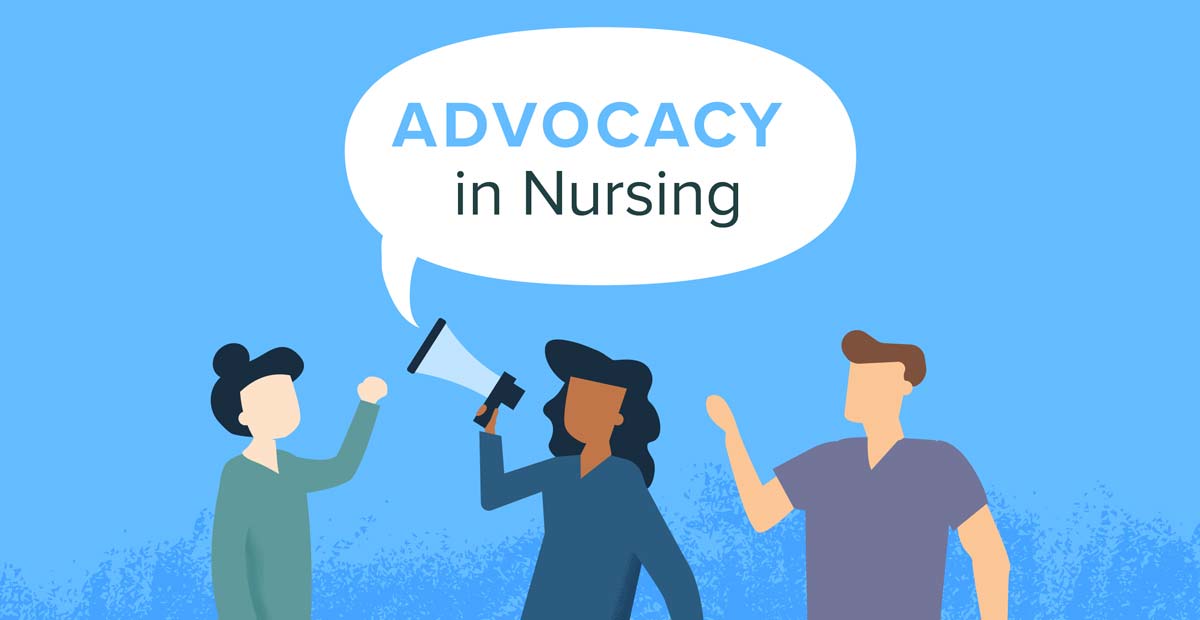Module 4 discussion: Scenario – Answered
Module 4 discussion: Scenario – Answered
Scenario – There is a new Board running the hospital, and they are aggressive about the hospital being the best in the State. They have decided that you are best suited to lead the nurses in the hospital so that they will initially get status. From there, they are planning on having the nurses lead the way by having every nurse be a leader in their field. Your knowledge of how to reach these milestones is the reason that you were selected to lead the nurses in the hospital. Instructions: Read the scenario above, and then answer the following questions: What will the nurses need to do so that the hospital will become magnet status and be respected in the industry? What other certifications and awards, etc., will the nurses need to obtain so that the hospital will be named a magnet institution? What types of organizational designs and structures will need to happen for magnet status? Answer the questions as thoroughly and concisely as possible. Be sure to reference any works that you utilize in answering the questions (Be sure that references are in APA format).Please respond to at least one (1) of your classmate’s postings. To see the grading rubric, click on the 3-dot menu on the top-right side of screen (Module 4 discussion: Scenario – Answered).
Answer
Achieving Magnet Status: Strategies for Nursing Leadership and Organizational Excellence
Introduction
To elevate a hospital to Magnet status and establish it as a leader in the healthcare industry, a comprehensive strategy that focuses on nursing excellence and organizational structure is essential. Magnet recognition, awarded by the American Nurses Credentialing Center (ANCC), signifies a hospital’s commitment to nursing excellence, high standards of patient care, and a supportive work environment. As the new leader of the nursing team, your role will be pivotal in guiding the staff toward achieving and maintaining this prestigious status.
Steps to Achieve Magnet Status
Promote Evidence-Based Practice and Research
To achieve Magnet status, the hospital must demonstrate a commitment to evidence-based practice and research. Nurses should be encouraged to engage in research activities and apply evidence-based practices to improve patient outcomes. This involves providing access to research resources, training in research methodologies, and fostering a culture that values and supports continuous learning and innovation (Marschall et al., 2020). Nurses should also be involved in developing and implementing clinical guidelines based on the latest research to ensure that care delivery is grounded in the best available evidence.
Foster a Supportive and Collaborative Work Environment
Magnet recognition requires a supportive work environment where nurses feel valued and engaged. This includes promoting nurse autonomy, providing opportunities for professional development, and ensuring adequate staffing levels to prevent burnout. Implementing mentorship programs, leadership development initiatives, and recognizing nurses’ contributions through awards and recognition programs are essential components (Kramer & Schmalenberg, 2020). Creating an environment that supports collaboration and teamwork will also contribute to achieving Magnet status.
Certifications and Awards
Nursing Specialty Certifications
To align with Magnet criteria, nurses should obtain specialty certifications relevant to their practice areas. These certifications demonstrate advanced knowledge and skills, enhancing the hospital’s reputation for excellence in various clinical specialties. For instance, certifications such as Certified Critical Care Nurse (CCRN), Certified Pediatric Nurse (CPN), or Certified Nurse Midwife (CNM) can be valuable. Specialty certifications are often a requirement for Magnet recognition and help establish the hospital as a center of excellence (American Nurses Credentialing Center, 2019).
Awards and Recognitions
Securing various awards and recognitions can bolster the hospital’s bid for Magnet status. Examples include recognition as a Best Place to Work in Healthcare or achieving quality awards for patient care. These accolades reflect the hospital’s commitment to high standards of care and employee satisfaction, further supporting the Magnet application (Sullivan, 2018).
Organizational Designs and Structures
Decentralized Decision-Making
Magnet status requires a decentralized organizational structure that empowers nurses to participate in decision-making processes. This includes involving nurses in leadership roles, committees, and quality improvement initiatives. A flat organizational structure, where decision-making authority is distributed, promotes nurse autonomy and enhances job satisfaction. Creating shared governance models where nurses have a voice in policy development and practice changes is crucial for achieving Magnet recognition (Sullivan, 2018).
Integrated Care Teams
Implementing interdisciplinary care teams is essential for fostering collaboration and improving patient outcomes. Magnet-recognized organizations often have well-integrated teams that include nurses, physicians, and other healthcare professionals working together to deliver comprehensive care. This structure supports coordinated care, enhances communication, and ensures that patient needs are met holistically (Marschall et al., 2020).
Conclusion
Achieving Magnet status requires a multifaceted approach that includes promoting evidence-based practice, fostering a supportive work environment, obtaining relevant certifications and awards, and implementing effective organizational designs. By focusing on these areas, the hospital can elevate its status, attract top talent, and enhance patient care, ultimately establishing itself as a leader in the healthcare industry.
References
American Nurses Credentialing Center. (2019). Magnet® recognition program [Brochure]. Retrieved from https://www.nursingworld.org/our-certifications/magnet/
Kramer, M., & Schmalenberg, C. (2020). The magnet journey: The art and science of nursing excellence. American Nurses Association.
Marschall, J., Hooten, E., & Krenz, S. (2020). Evidence-based practice and research for the advanced practice nurse. Springer Publishing Company.
Sullivan, E. J. (2018). Effective leadership and management in nursing (9th ed.). Pearson Education.







